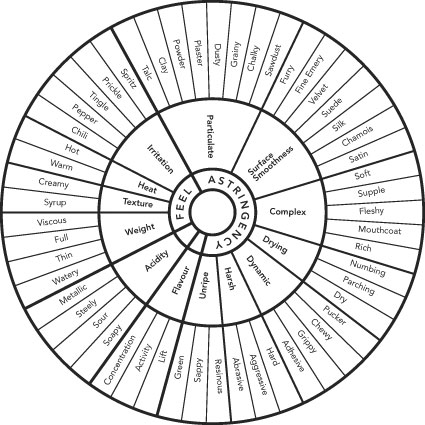
The diagram above shows one part of flavor. As you remember, aroma is part of flavor – aroma, mouthfeel, and taste. The diagram above breaks down the aroma of mandarin into several aromatic smells. As Holmes from the flavor book mentions, “There’s even a commercial service (http://www.foodpairing.com/en/home), for a monthly subscription, will let professional chefs and enthusiastic amateurs start with any ingredient and follow a web of molecular similarities to find other foods with supposedly complementary flavors.” A flavorists can improve the flavor of food and beverage products. The diagram can assist the flavorist to pair ingredients together. Also, chefs are well-versed in molecular gastronomy. They can combine several ingredients to get the right flavor in a dish. A combination of both – food science & culinary science – creates a field called culinology. There is a team of chefs, flavorists, food scientists, and other specialists that work together to make the right flavor. For example, reducing the salt content of food would require an adjustment to creaminess, and mouthfeel of a product. The flavorist works on different flavor combinations. The next step includes evaluating the product with the team. Each person gives the product a taste to see if the product is acceptable. This is done to evaluate the mouthfeel, taste, aroma, and acceptability of the product after the salt reduction.
Continue reading

